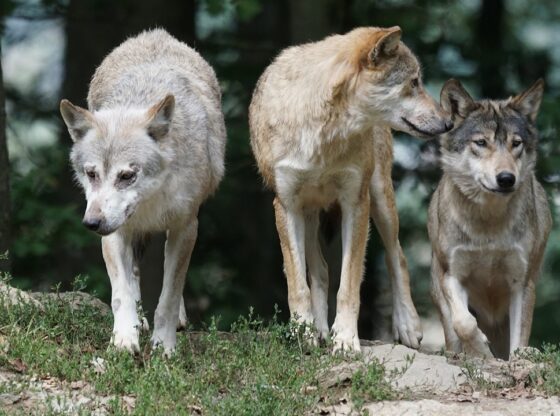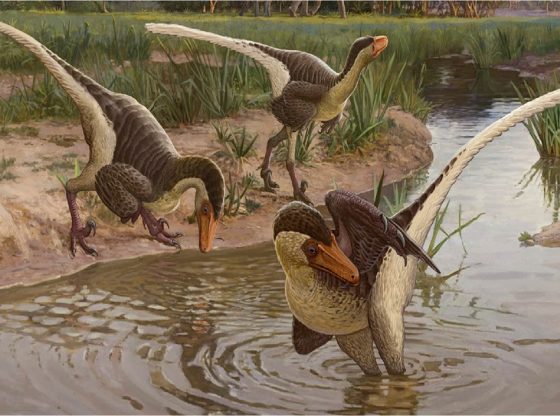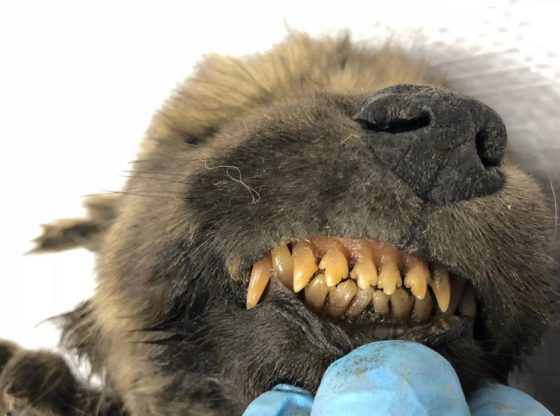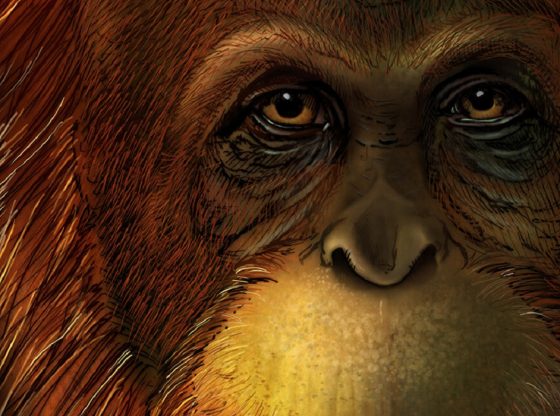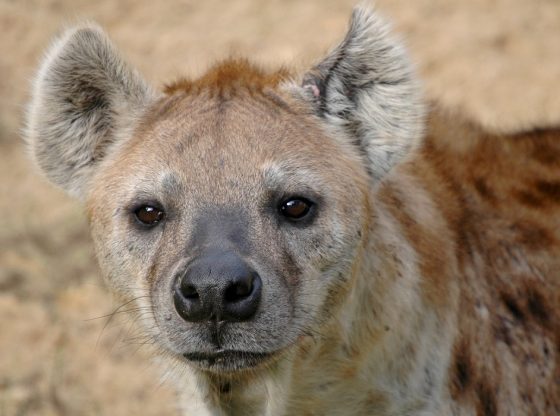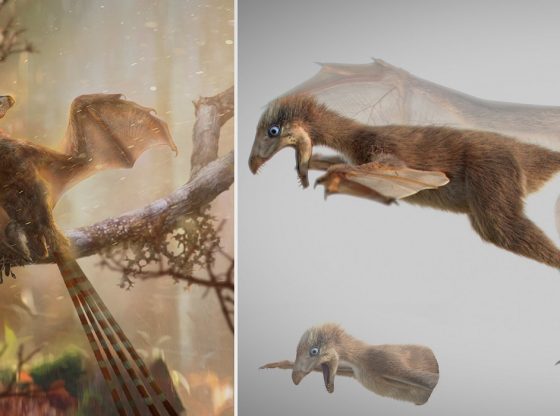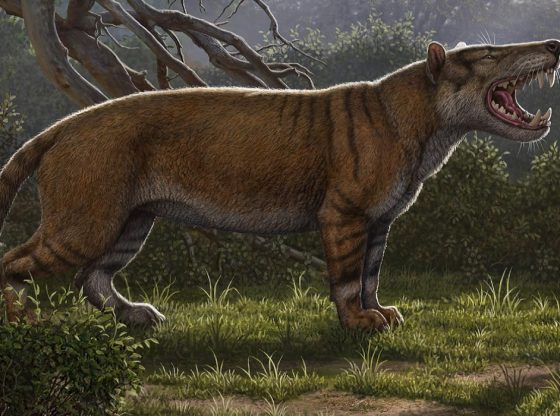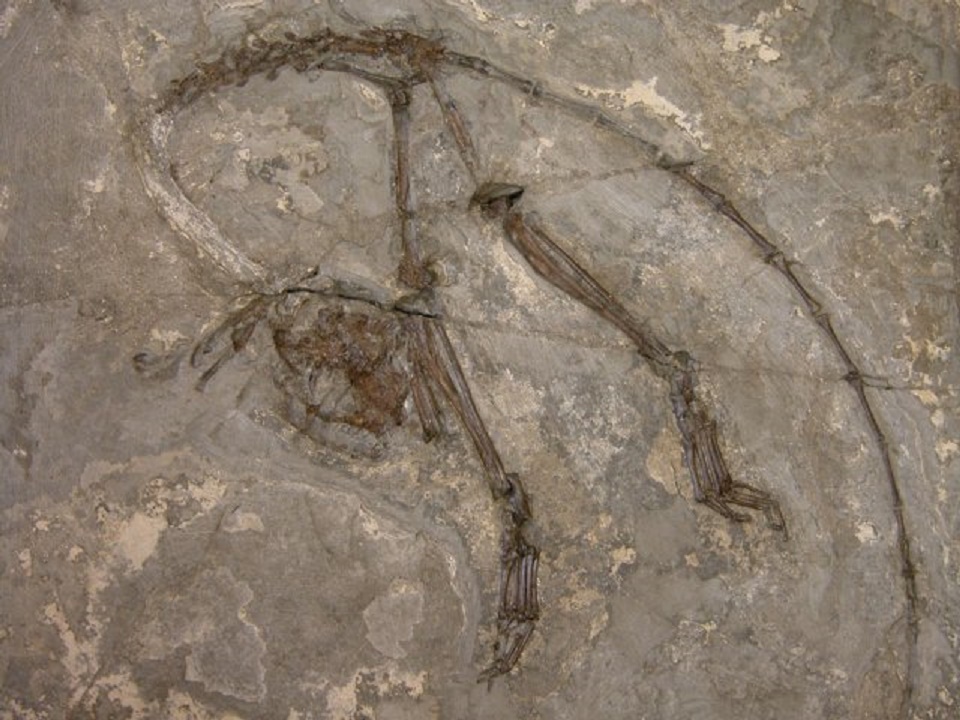
The oldest ever found primate is a small tree-dwelling animal that lived 55 million years ago. It was found in by paleontologists in China and the research has been published in the British journal Nature. The findings provide new insights into the evolution of primates and also strengthen an alternative theory of primate origin and evolution in Asia, instead of Africa.
The specimen was actually found 10 years ago but analysis took a long time due to the fossil being encased in solid rock. Using 3D scanning technology the scientists then managed to extract a detailed view of the primate. It was indeed small, just a few centimeters tall, and barely more than 30 grams (1 ounce) heavy. It had a long tail, long and skinny fingers. And it probably fed on insects.
Archicebus Achilles
It has been named Archicebus Achilles, meaning first long-tailed monkey. With Achilles derived from the mythical ancient Greek warrior, referring to the monkey unusual ankle anatomy. It bears resemblances of several different monkey species. Its small feet are similar to smaller monkeys of today. But its arms, legs, and teeth are instead similar to much more primitive species and its skull with its relatively small eyes are similar to that of larger primates.
The fossil find is dated to be 55 million years old and this is 7 million years older than the previously oldest primates found, the species Darwinius and Notharcus. This epoch in Earth history, the Eocene, was a time when sub-tropical forests flourished over much of the planet.
Is Asia the Origin?
The theory of Asia as being especially important for early primate evolution is given more support with this new finding. The theory describes how early anthropoids migrated to Africa 38 million years ago, and later diverging into separate lineages, with one of them leading to humans about 5 to 10 million years ago.
This species lived close in time to when primates first started to diverge, with one branch leading to the tarsiers, small nocturnal tree-dwellers, and another to anthropoids, including apes, monkeys, and humans.
_______________
Oldest primate skeleton unveiled
______________________________

